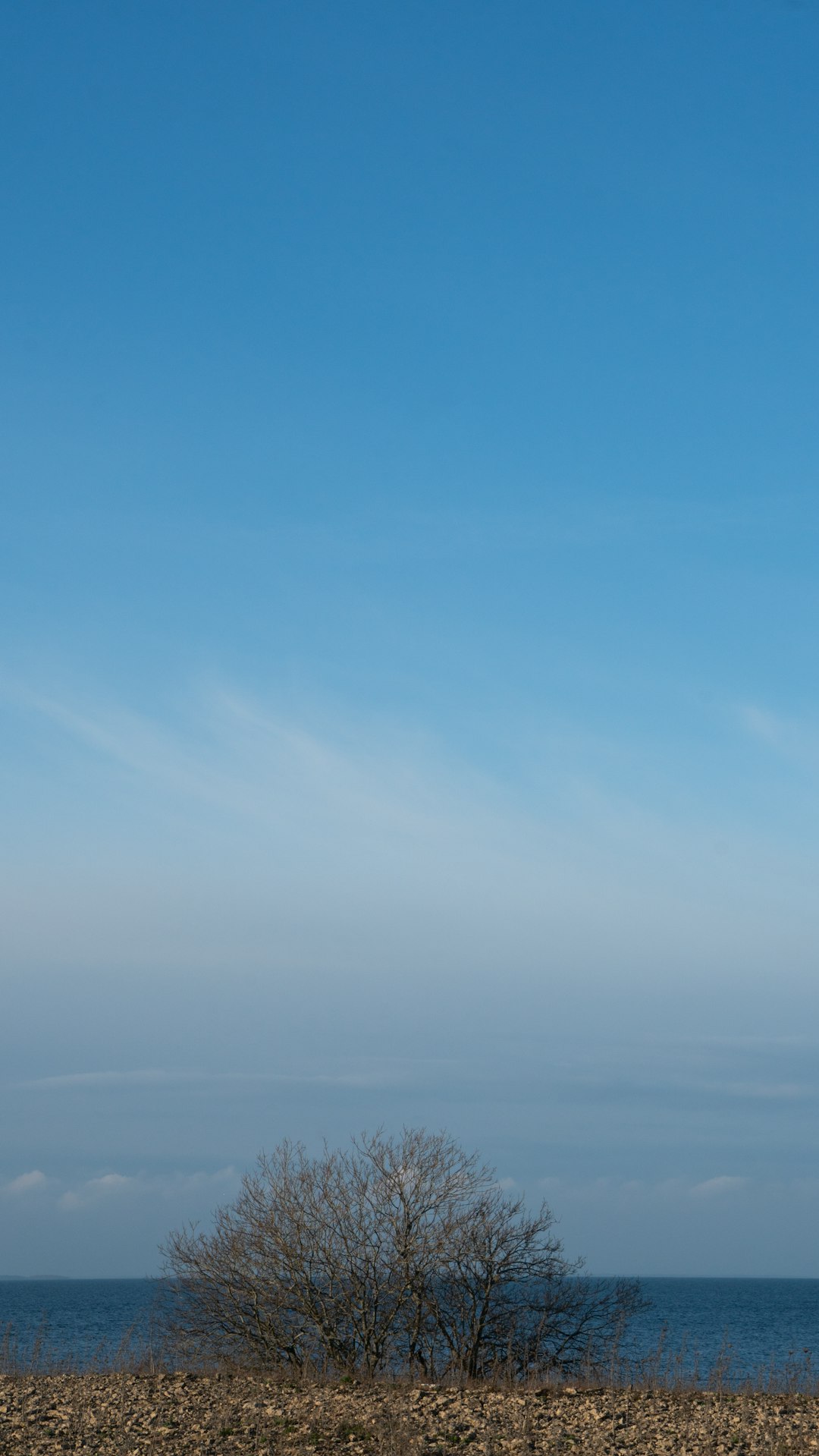Three seasons of the successful German series have been shot to date in the Czech Republic. In the process, the film crew wrestled with the challenging construction of a moving submarine, collaborated with an international cast, and participated in the sustainable film industry by implementing green filming principles.
7. June 2022


International success
Since mid-May, the third season of the German TV series Das Boot has been available for viewing. The series has won one award after another since the first season was released in 2018 and has managed to set a course that many European series aspire to follow.
Germany's most expensive production to date, it has been sold to more than 100 territories worldwide and picked up 13 prestigious awards (and 14 other nominations). These include the Bavarian Television Award for Best Actor, which went to Rainer Bock for his role as Heinrich Gluck in 2021, the British Society of Cinematographers' Award for Benjamin Treplin in 2020, and the German Television Academy Award for Best Visual Effects for Viktor Muller and Vit Komrzy of the Czech post-production company UPP in 2019.
Czech filmmakers worked on all 3 seasons
The series has logged a total of 259 shooting days in the Czech Republic, spending a total of USD 43 million with production incentives amounting to USD 7.8 million.
The submarine, where the main storyline takes place, was built in the Barrandov Studios. Filming also took place on location in Zatec, Lenesice, Slapy Castle, Terezin, Roudnice nad Labem, Mlada Boleslav, Lesany u Rakovnika, Luzna, Kraluv Dvur, and Prague.

Stillking Films produced Das Boot for Bavaria Fiction and Sky Studios. Special effects were handled by the Czech post-production company UPP.
Technically exceptional submarine set design
Construction of the submarine, designed by production designer Nick Palmer, was quite a challenge. Construction of the set took a total of 28 weeks prior to the filming of the first season, of which 12 weeks was spent preparing - doing research and creating project documentation. The construction itself was completed in 4 months.
The whole structure is movable and allows both connecting and disconnecting individual parts as well as tilting from side to side, simulating the rocking motion of a submarine on the water's surface. A proper design was therefore crucial to ensure that the structure had the necessary strength and load-bearing capacity and was actually functional.
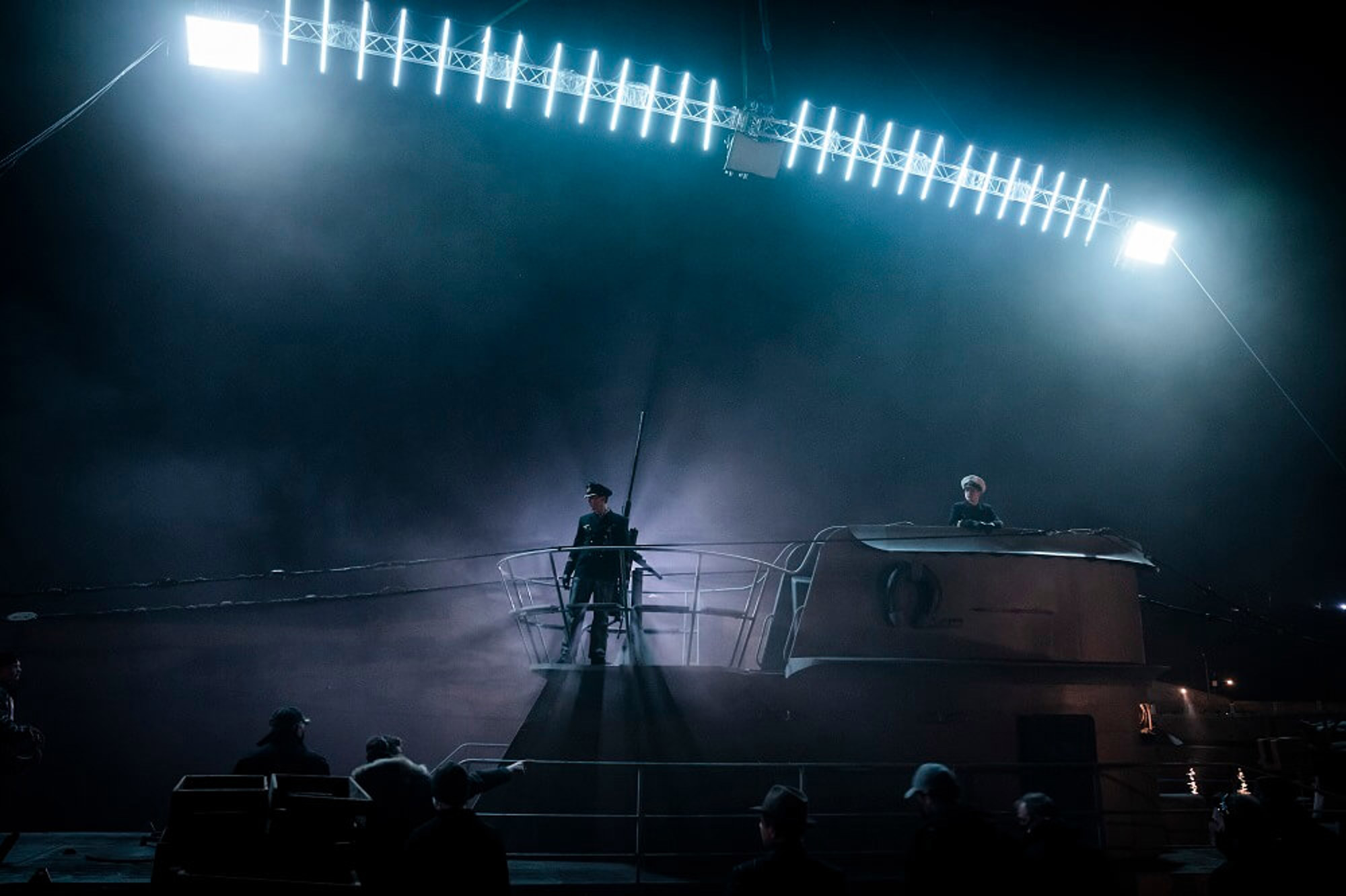
“We worked extensively with experts,” says Jana Hrbkova, head of production for the Czech company Stillking Films. “We always consult with them to ensure that the type of submarine, including equipment, is appropriate for the period. The craftsmen then produce faithful replicas of the interior. These include model makers, carpenters, metalworkers, and welders.”
Moving and rebuilding before each season
The set, with a total length of 45 m, occupies an area of 235 m2 in one of Barrandov's largest studios. Jana Hrbkova says with a smile: "The biggest challenge is moving it. At the end of each season, we have to dismantle the entire set, remove all its parts, store them in a warehouse, and move the individual sections (the largest is about 10 m long, 5 m wide and weighs 11 tons) out of the studio. It's logistically and technically quite demanding – but we've done it six times so far."
Thanks to this, the crew has plenty of experience with the construction and can complete it in just eleven weeks before filming each new season of the series. When not filming, the submarine is stored in the film studio warehouses. In addition to the submarine, Barrandov Studio also provides other interiors that appear in Das Boot, such as apartments, offices or prisons.
Oscar inspirations for the World War II drama
The storyline of Das Boot takes its inspiration from Wolfgang Petersen's 1981 Oscar and Golden Globe-nominated film of the same name and Lothar-Günther Buchheim's 1973 bestselling book of the same name.
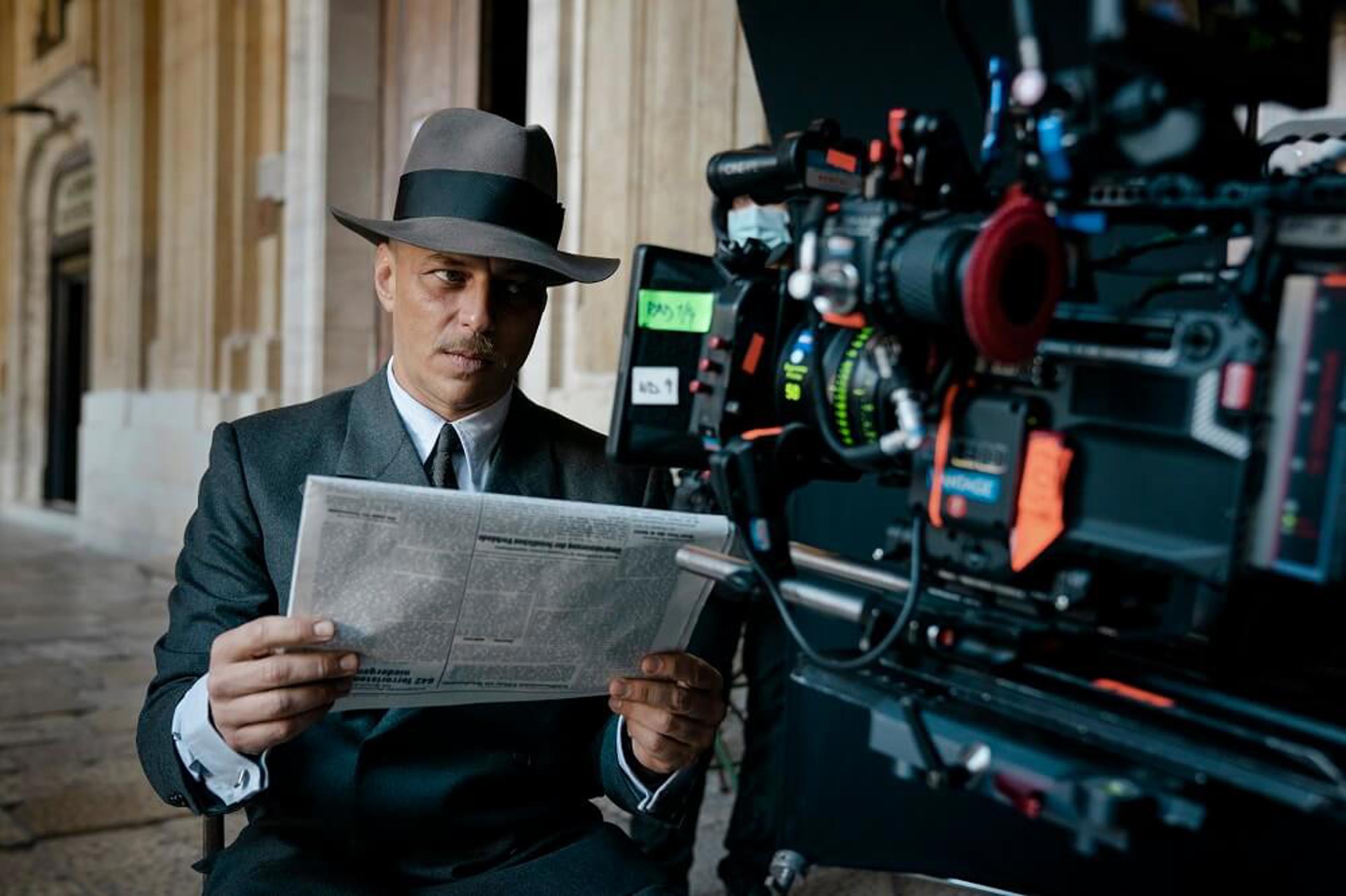
Season 3 of the series is written by Colin Teevan, Tony Saint and Judith Angerbauer. The plot begins in 1942 and features several storylines that aim to keep the viewer in a permanent state of suspense and to strengthen their determination to watch each new episode, which previous seasons successfully achieved.
Sophisticated script and international cast
This World War II drama follows a submarine crew led by Robert Ehrenberg (Franz Dinda) as they take part in the Battle of the Atlantic. A submarine is sent on a dangerous mission to the Southern Hemisphere while being pursued by a Royal Navy commander (Ray Stevenson).
In the northern German city of Kiel, the “above the water” plot line plays out the stories of characters connected by personal ties to the crew members. Greta (Elisa Schlott), for whom submarine commander Robert has feelings, is married to a wounded war veteran. Hannie (Luise Wolfram) is coping with the social pressures of her loveless marriage to officer Albrecht Lessing (Florian Panzner), but meeting the charming submarine commander Schulz (Pierre Kiwitt) further complicates her situation.
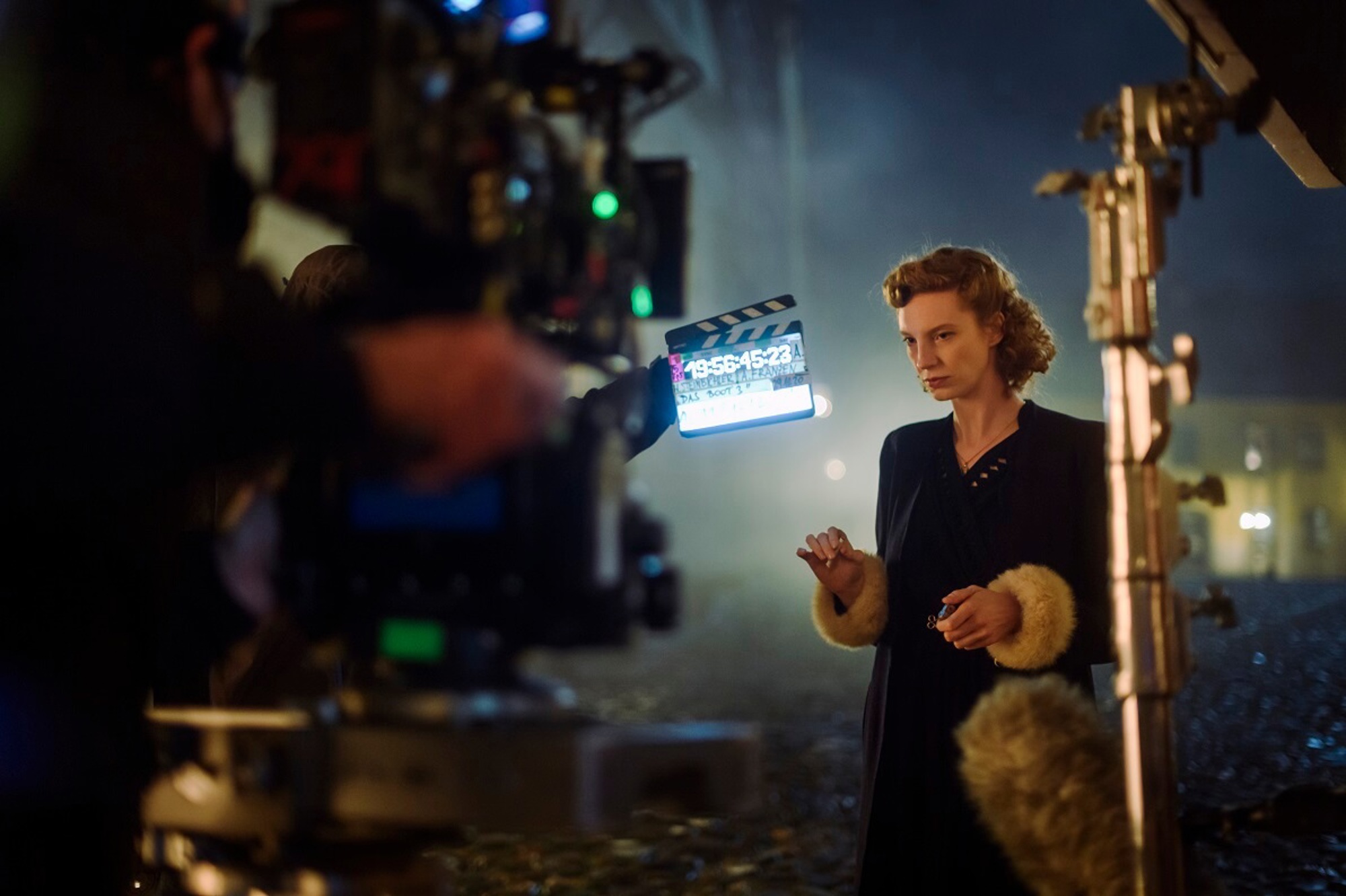
The third storyline is set in Lisbon, teeming with exiles, spies, and criminals from all over Europe. Hagen Forster (Tom Wlaschiha) uncovers a deadly trap to steal stolen war gold. In the process, his dark experiences on the Eastern Front come to the surface, forcing him to confront his actions with his own sense of right and wrong. In an unexpected denouement, he meets the mysterious Klaus Hoffmann (Rick Okon), who can change the course of the war for the better.
Das Boot production applied the principles of green filming
Season 3 has a total of ten episodes, unlike the previous two, which had eight episodes each. It was filmed in the Czech Republic in 2020 and 2021. When working on the series, the production followed the principles of green filming, which aims to create environmentally friendly film projects.
The German ecology consultant in charge of the foreign production contacted greenfilming.cz prior to the start of shooting. According to Marta Kuchynkova from the Audiovisual Producers' Association, which runs the platform, the consultant contacted them to ask how green filming is being implemented in practice in the Czech Republic.
The German consultant then teamed up with BGreen.tv, a company that specializes in sustainability consultancy in the film industry. They helped the production company plan a green shoot that involves reducing waste, sourcing locally and seasonally, recycling materials, saving energy, and traveling with the environment in mind. One way to put green filming principles into practice is to train selected crew members.
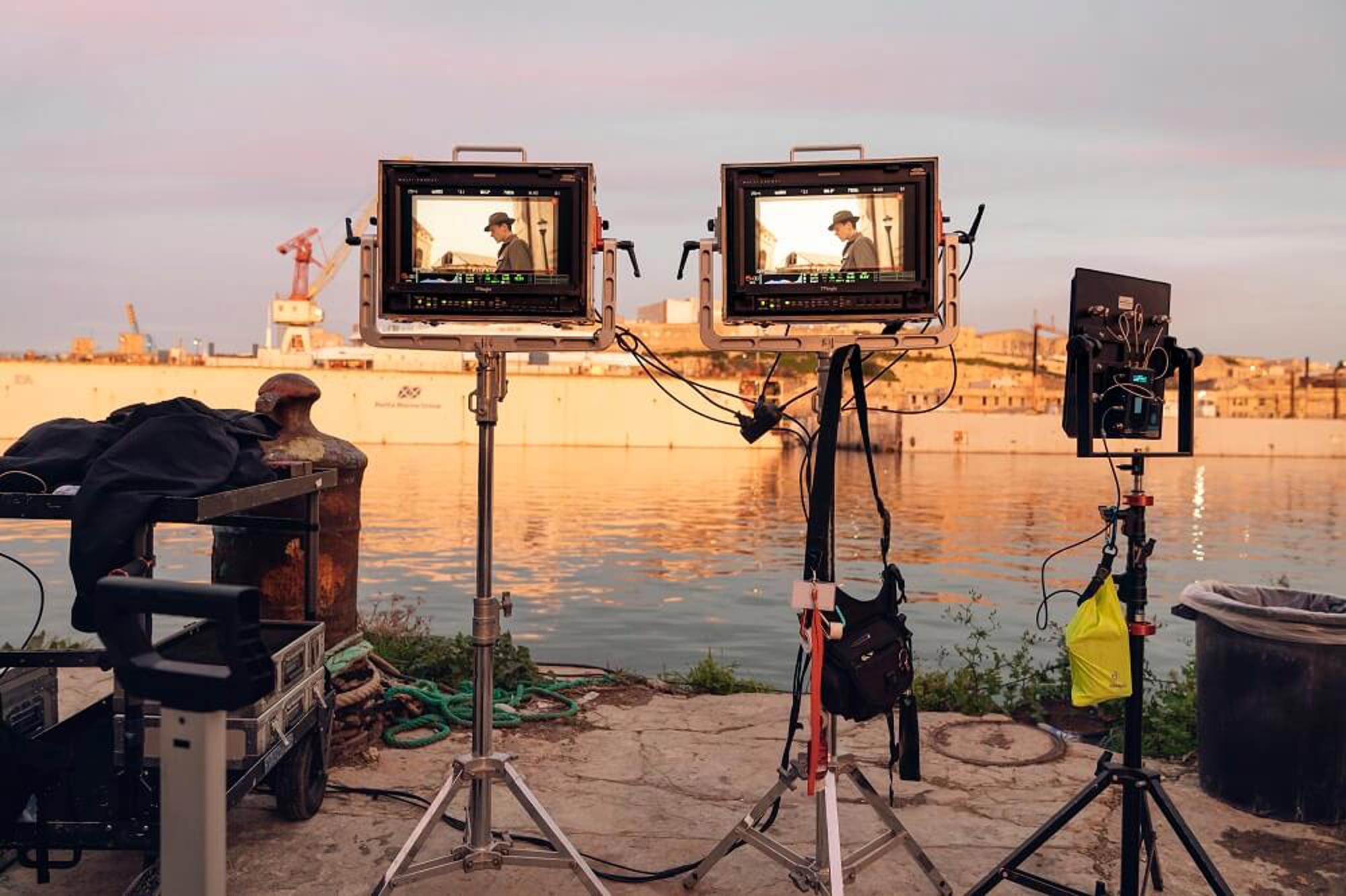
Awareness of green filming is on the rise in the Czech Republic
And Das Boot is one of the reasons for that. At the moment, foreign productions haven’t made green filming a condition for cooperation with Czech production companies. But we already have professionals who are working in this area, such as BGreen.tv and TV Nova, for example, which has given specific employees the responsibility for sustainable production and content, and which is a member of the UK's albert platform for sustainability in film and television through CME.
Inspiration often comes to us from Germany, where the development of green filming is well ahead of the Czech Republic. Since the new year, some German projects have been obliged to hire an eco-consultant, who, in addition to advising, is also responsible for collecting data from a specific shoot. Once sufficient numbers are available, this data will then presumably be used to draft a broader concept for sustainability in the German film industry. Thanks to the German projects that are being filmed here, Czech filmmakers are also gaining more experience with green filming.
Filming of Das Boot season 4 kicks off in June
The episodes of season 3 were equally shared by Hans Steinbichler (Winter Journey; The Diary of Anne Frank) who directed the first five episodes and Dennis Gansel (The Wave; Mechanic - Resurrection). Executive producers were Moritz Polter, Jan S. Kaiser, Marcus Ammon, Frank Jastfelder, and Jason Simms. Season 4 starts filming in June.
